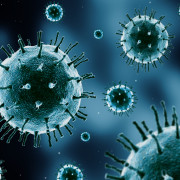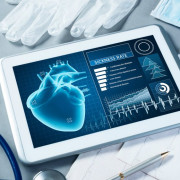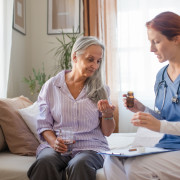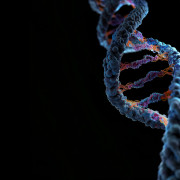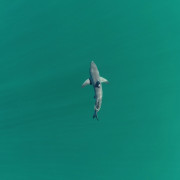- Science News
- Featured news
- Meet a scientist who studies how to save lives in a nuclear disaster
Meet a scientist who studies how to save lives in a nuclear disaster
by Prof Hiroshi Yasuda/Angharad Brewer Gillham, Frontiers science writer
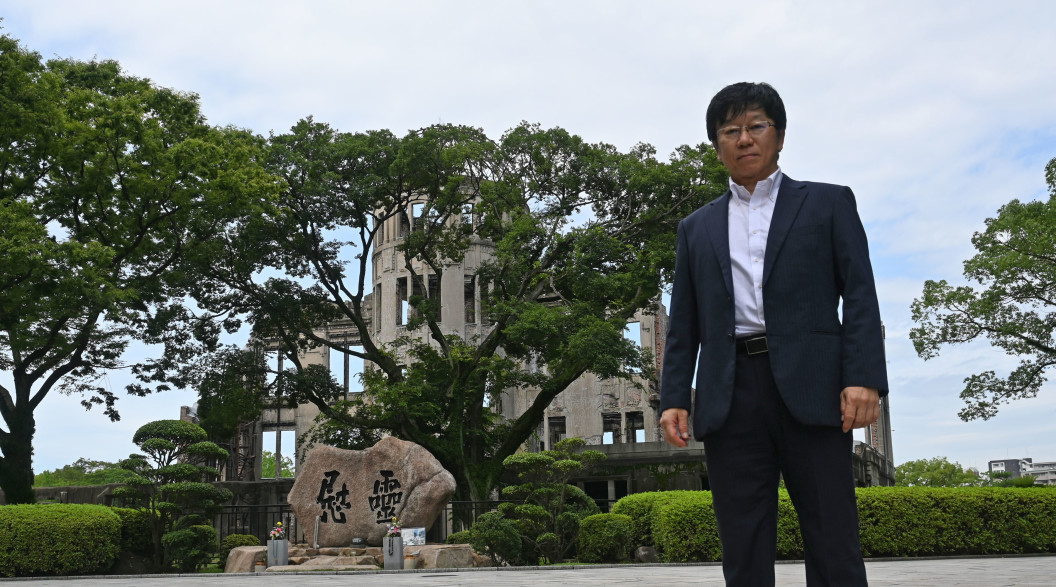
Prof Hiroshi Yasuda has been studying the consequences of radioactive contamination since he was a student at Kyoto University, inspired by the Chernobyl accident of April 1986. A pioneer of research into radiological protection for astronauts and aircraft crew members, he has worked for international bodies such as the United Nations and the International Atomic Energy Agency (IAEA) as an expert on radiological impact assessment. After the Fukushima Daiichi accident of March 2011, he led the effort to assess the exposure to radiation of Fukushima residents, and led the official report on the accident for the United Nations Scientific Committee on the Effects of Atomic Radiation (UNSCEAR). He now works at Hiroshima University, continuing his research and teaching a new generation of students about radiation sciences.
Yasuda is the author of a new article in Frontiers in Public Health which discusses how best to protect hospital patients during nuclear emergencies, and has kindly taken the time to share some thoughts about his career and research as part of the Frontiers Scientist series.
What inspired you to become a researcher?
When I was a high school student, I thought a lot about how human society should be. Everything always has both drawbacks and advantages. The more we get convenient and useful technologies, the more we have those negative effects and risks. As our civilization develops and our lives become more prosperous, we would have more serious and hard-to-solve issues.
With such thoughts, I entered the Department of Sanitary and Environmental Engineering, Kyoto University, hoping to do a job that could contribute to solving the global-scale problems that were casting a shadow on the world at that time. There, I studied many subjects including engineering, medicine, and social science, and after experiencing the Chernobyl accident, I finally decided to work as a researcher in the relevant field.
Can you tell us about the research you’re currently working on?
I am now working as a professor and scientist in the field of radiation biophysics. Currently, I conduct wide-range research efforts with the intention of solving real-world problems. These include the development of novel techniques for radiation monitoring and retrospective dosimetry; health risk analyses in radiological/nuclear emergency and subsequent radioactive contamination; expansion and implementation of radiological protection concepts; cosmic radiation dosimetry for aircraft crew and astronauts, and so on. I have been trying to deal with these various subjects together, so that we could solve a real problem in the best way by optimizing many factors having different aspects from a broad perspective.
Download original article (pdf)
In your opinion, why is your research important?
I have been conducting research that could directly or indirectly solve some issues related to nuclear accidents and long-term space missions. I feel lucky and proud that I’m still engaged in such jobs of social significance. I should note, however, that experts in the field of radiological protection tend to consider only radiation-induced health effects, which could lead to unbalanced decisions on implementation of protection measures in view of justification.
For example, soon after a nuclear accident occurred, we need to decide the evacuation of vulnerable people as carefully as possible, considering not only the radiological protection criteria but also other medical/infrastructure conditions, to minimize the number of victims overall. Regarding this issue, I recently presented a conceptual basis for the evacuation of hospitalized patients during a nuclear emergency in Frontiers in Public Health, based on the lessons learned from the Fukushima Daiichi accident.
As another example, in an opinion article in Frontiers in Nuclear Medicine, I indicated the importance of careful selection of astronauts involved in future deep space missions for which astronauts need to be tough against not only psychosomatic stress including radiation-induced cancers, but also the inevitable aging during a few years travel.
I look forward to seeing/publishing further studies based on such broad perspectives that will effectively contribute to solving the real problems.
How has open science benefited the reach and impact of your research?
I'm sure that open science brings about a preferable change in the way of scientific research, as it fosters prompt sharing of the novel scientific findings. Open science has a large potential of making the scientific research more transparent, inclusive and democratic.
Actually, during the Covid-19 pandemic over the last three years, I have seen that more and more people want to access impartial data and hear candid opinions based on the latest scientific information. Open science will be the key to solve such problems in the real world in the most appropriate way as well as to fulfil the human right to science.
Though I understand that the complete transition towards an effective open science is challenging, I believe that demands from not only scientists but also the majority of the public will make open science give significant, essential impacts on our societies.
If you have recently published your research with Frontiers and believe you have a story to tell, then you might feature as part of our new Frontier Scientists series! Send an email with the subject line ‘Frontier Scientists’ and your name to press@frontiersin.org, as well as details on what your most recent research was about.

